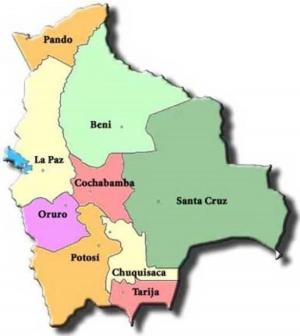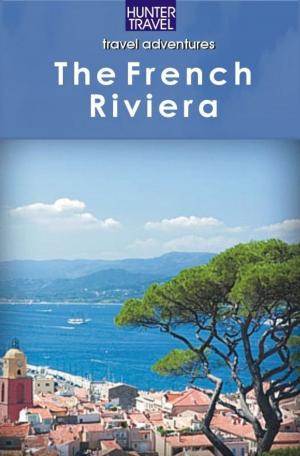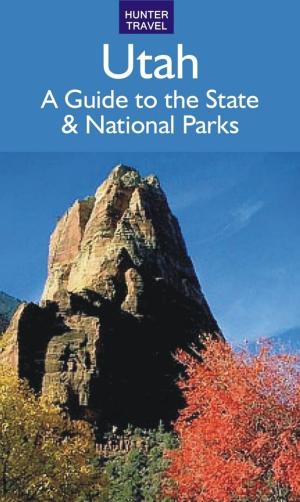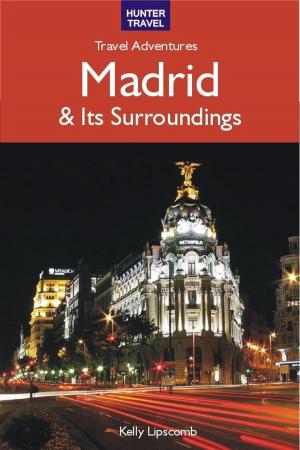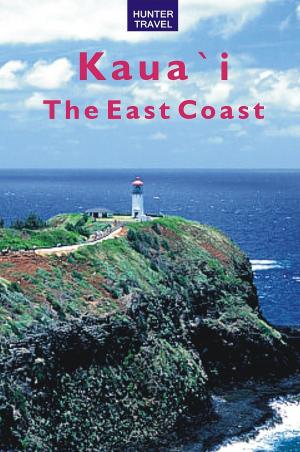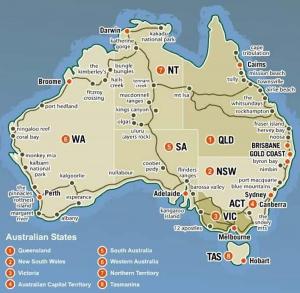| Author: | Amy Finley | ISBN: | 9781588437716 |
| Publisher: | Hunter Publishing | Publication: | April 12, 2011 |
| Imprint: | Language: | English |
| Author: | Amy Finley |
| ISBN: | 9781588437716 |
| Publisher: | Hunter Publishing |
| Publication: | April 12, 2011 |
| Imprint: | |
| Language: | English |
A detailed guide to every aspect of Genoa: history, culture, foods, restaurants, hotels, sightseeing, things to do - written by an author who knows the place intimately. Two marble-carved lions crouch flanking the stairs leading to the entrance of Genoa's monumental cathedral of San Lorenzo. Their proud features are marred by graffiti - cartoonish scribbles rendering their expression more pathetic than fierce. They're an apt metaphor for the city of Genoa itself, which can be a challenging one for tourists. During two millennia of tumultuous history, Genoa has seen its fortunes rise and fall. At its pinnacle, the city - center of the Genoese Republic - had unparalleled wealth and economic and political power. French historiographer Fernand Braudel wrote of the city, "If ever a diabolically capitalist city can be said to have existed before the capitalist age in Europe and the world, then it is Genoa, opulent and sordid at the same time." From these heights Genoa would plunge over successive centuries, losing hegemony, then autonomy, and finally prosperity. Today, it is a city in the grip of evolution. There is much that is decrepit and shabby, but there are also the heralds of a renaissance both economic and cultural. The lion that is Genoa may be blemished and humbled, but there is every evidence that with attention and caretaking it is regaining - if not its former brilliant grandeur - at least its dignity and relevance on the world stage. Perhaps that's why Genoa is particularly poignant, and important for travelers who hope to leave Liguria with a greater understanding of the region - both what it was, and what it is becoming. It is impossible to leave Genoa unimpressed and without an opinion. Genoa is - and has been for millennia - a port town, and the nature of a port is to facilitate trade via access to both sea and land routes. The geography of Liguria is characterized by mountains that plunge steeply into the sea, and that are criss-crossed by deep valleys. Genoa - which sits at the near middle of Liguria's great land crescent - is not only at the epicenter of what, from above, appears as one giant harbor. It is also at the crossroads of land routes that made use of these deep valleys to cut across the Apennines to northern Italy and the rest of Europe. This guide is drawn from our Adventure Guide to the Italian Riviera, but with added pictures of the hotels, restaurants and other features.
A detailed guide to every aspect of Genoa: history, culture, foods, restaurants, hotels, sightseeing, things to do - written by an author who knows the place intimately. Two marble-carved lions crouch flanking the stairs leading to the entrance of Genoa's monumental cathedral of San Lorenzo. Their proud features are marred by graffiti - cartoonish scribbles rendering their expression more pathetic than fierce. They're an apt metaphor for the city of Genoa itself, which can be a challenging one for tourists. During two millennia of tumultuous history, Genoa has seen its fortunes rise and fall. At its pinnacle, the city - center of the Genoese Republic - had unparalleled wealth and economic and political power. French historiographer Fernand Braudel wrote of the city, "If ever a diabolically capitalist city can be said to have existed before the capitalist age in Europe and the world, then it is Genoa, opulent and sordid at the same time." From these heights Genoa would plunge over successive centuries, losing hegemony, then autonomy, and finally prosperity. Today, it is a city in the grip of evolution. There is much that is decrepit and shabby, but there are also the heralds of a renaissance both economic and cultural. The lion that is Genoa may be blemished and humbled, but there is every evidence that with attention and caretaking it is regaining - if not its former brilliant grandeur - at least its dignity and relevance on the world stage. Perhaps that's why Genoa is particularly poignant, and important for travelers who hope to leave Liguria with a greater understanding of the region - both what it was, and what it is becoming. It is impossible to leave Genoa unimpressed and without an opinion. Genoa is - and has been for millennia - a port town, and the nature of a port is to facilitate trade via access to both sea and land routes. The geography of Liguria is characterized by mountains that plunge steeply into the sea, and that are criss-crossed by deep valleys. Genoa - which sits at the near middle of Liguria's great land crescent - is not only at the epicenter of what, from above, appears as one giant harbor. It is also at the crossroads of land routes that made use of these deep valleys to cut across the Apennines to northern Italy and the rest of Europe. This guide is drawn from our Adventure Guide to the Italian Riviera, but with added pictures of the hotels, restaurants and other features.






